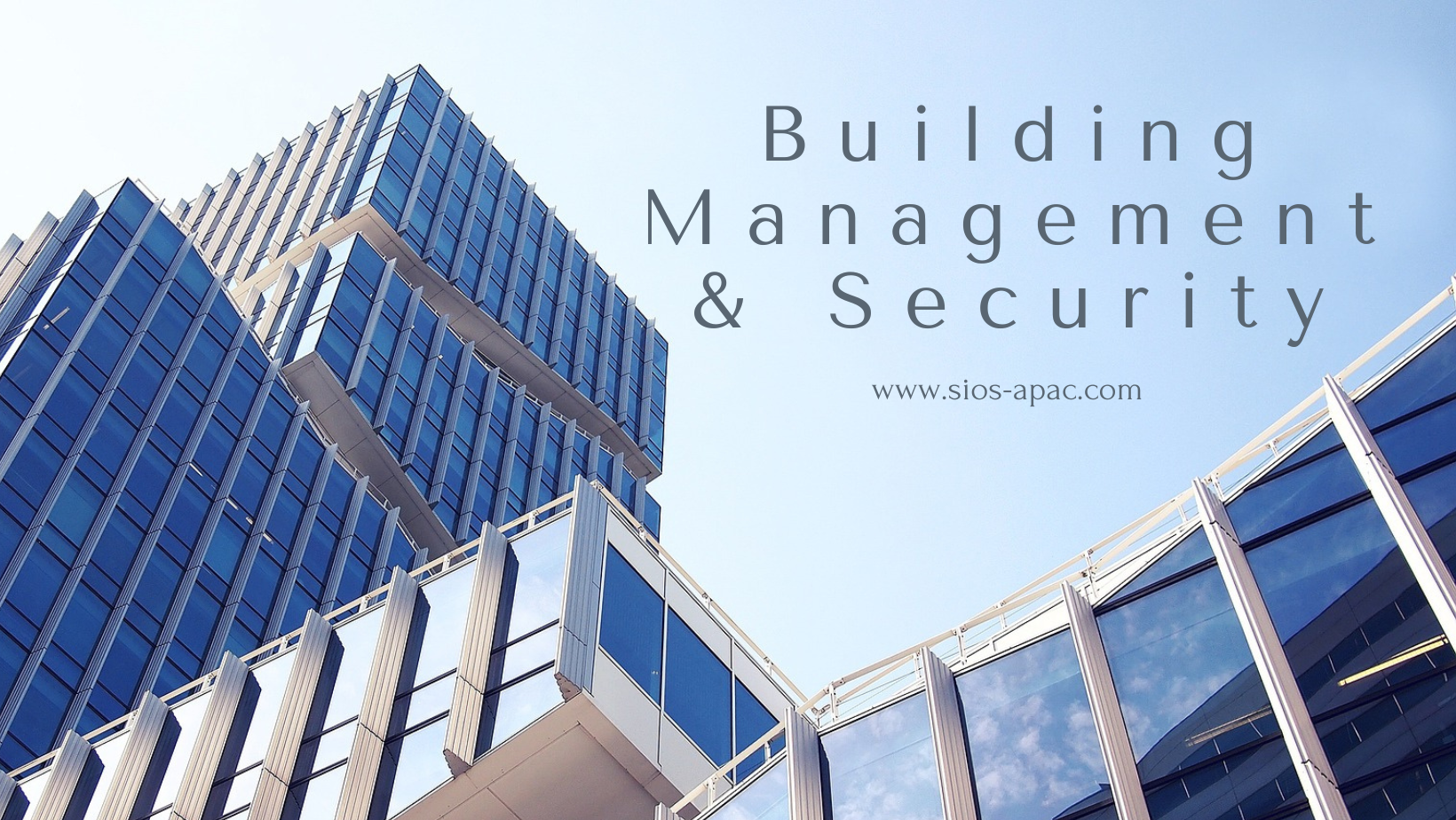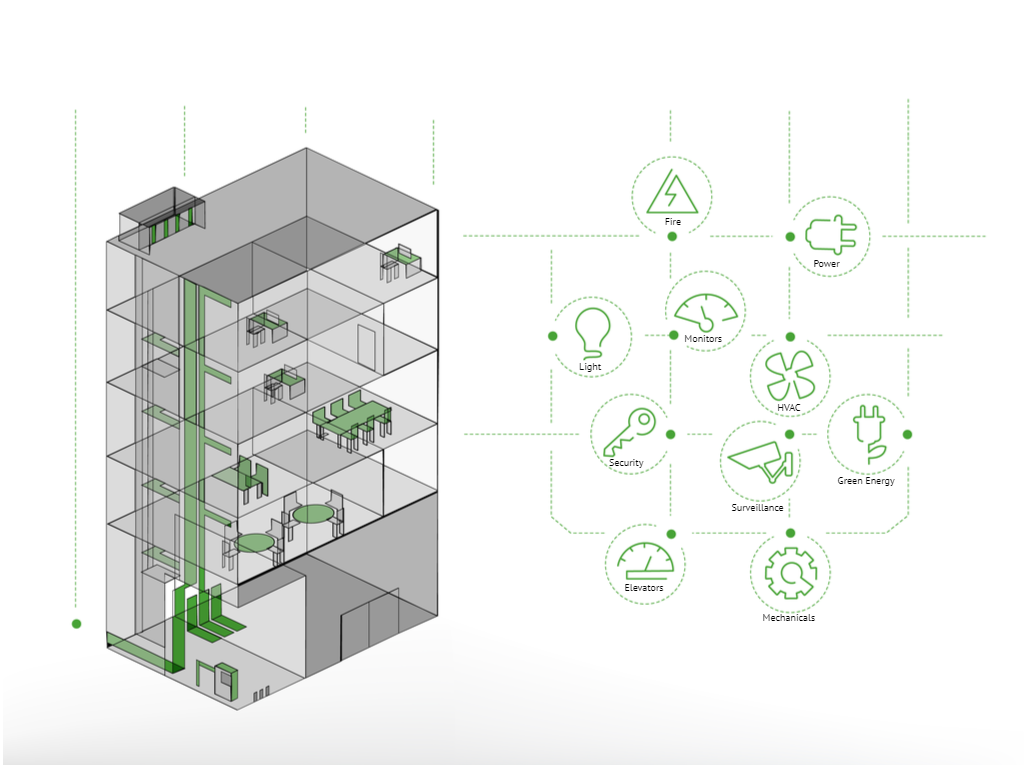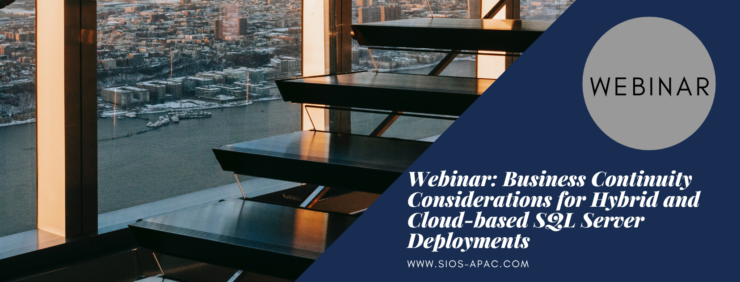| June 17, 2023 |
Building Management & Security |
| June 13, 2023 |
Webinar: Business Continuity Considerations for Hybrid and Cloud-based SQL Server Deployments |
| June 9, 2023 |
Video: How SIOS Makes High Availability & Disaster Recovery Easy In SAP HANA EnvironmentVideo: How SIOS Makes High Availability & Disaster Recovery Easy In SAP HANA EnvironmentIn this video, Todd Doane, Solutions Architect at SIOS, talks about how SIOS provides high availability and disaster recovery (HA/DR) in the SAP HANA environment. Highlights of this video interview:
Reproduced with permission from SIOS |
| May 28, 2023 |
Fact Sheet: Oil & Gas |
| May 24, 2023 |
Video: SIOS LifeKeeper for Linux v9.7 Adds New HA/DR Capabilities For SAP HANAVideo: SIOS LifeKeeper for Linux v9.7 Adds New HA/DR Capabilities For SAP HANAIn this video, our VP of Global Sales and Marketing Margaret Hoagland introduces the HANA Multitarget feature in our latest release of SIOS LifeKeeper for Linux. Key highlights of this video interview: SIOS LifeKeeper for Linux is a high availability clustering software that protects critical applications such as SAP, S/4HANA, SQL Server, and Oracle from downtime and disasters. It works by detecting any kind of a failure on the primary node. In the event of a failure, it moves operations to a secondary node where it can continue. It supports major Linux distributions such as SUSE, Red Hat, Oracle, and Rocky. Customers can standardize their high availability environment and have the same experience regardless of the operating system. New features and capabilities in SIOS LifeKeeper for Linux v9.7, include HANA Multitarget:
This feature came directly from customer feedback. SIOS customers have large SAP environments with big HANA databases and complex disaster recovery requirements. This is a straightforward upgrade process, no caveats. If the customer is extending to a disaster recovery location, they need to consult the SIOS documentation for instructions. Reproduced with permission from SIOS |




